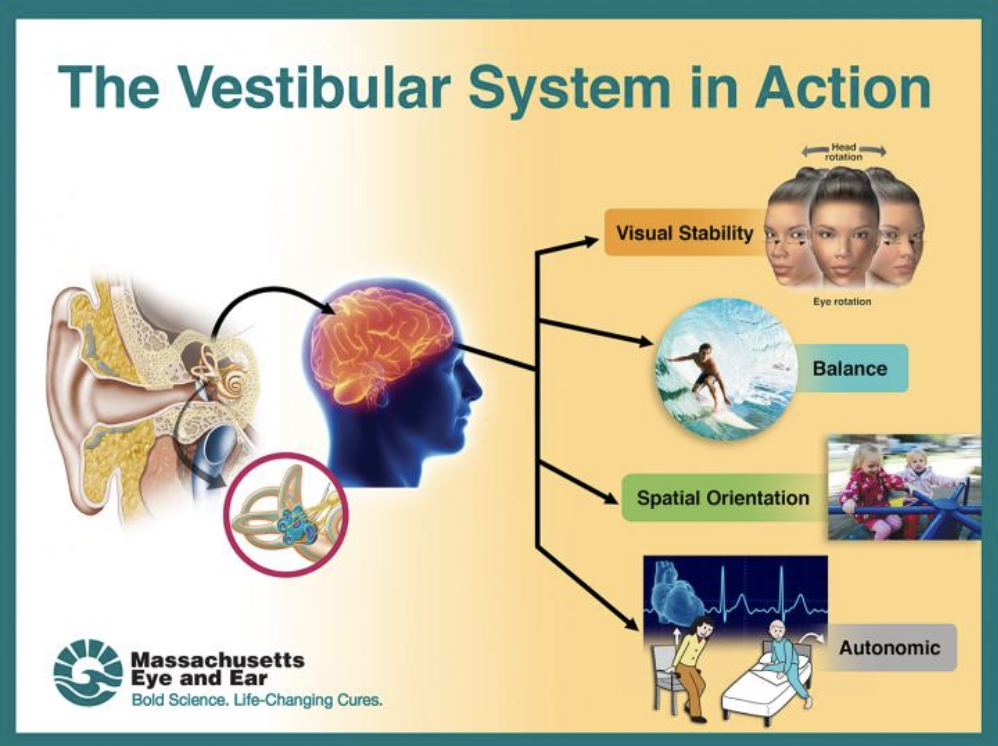Hey
@watchnerd.
I get what you're saying here and it really does seem like you're not doing much. I've received tons of TBIs from impacts and explosions and have had to do tons of vestibular therapies. Those head nods help jog the loose ear crystals (dislodged calcium carbonate crystals normally embedded in gel in the utricle) back into place. It's a weird sensation if you need the therapy. If not, it just keeps things aligned. Think moving your phone to make the compass read perfect.
I conduct a bi-monthly therapy session for US Army paratroopers with TBIs. I put them through a lot of breathing, balance, memory and decision making shooting drills (yes, with guns), along with exercises in between shooting drills, to get the blood / oxygen flow going. It adds physical stress and helps me and the therapist better see their issues. My favorites have been the get-up and windmill, along with the single-arm military presses while standing on a half-ball.
The condition treated here is Benign Paroxysmal Positional Vertigo (BPPV). It's been proven that by strengthening, or better yet conditioning the brain, eyes, and vestibular system, one is much more likely to have less issues or come back quicker from any issues, after a traumatic event.
I hope I helped and didn't just go full nerd on you.
 originalstrength.net
originalstrength.net

